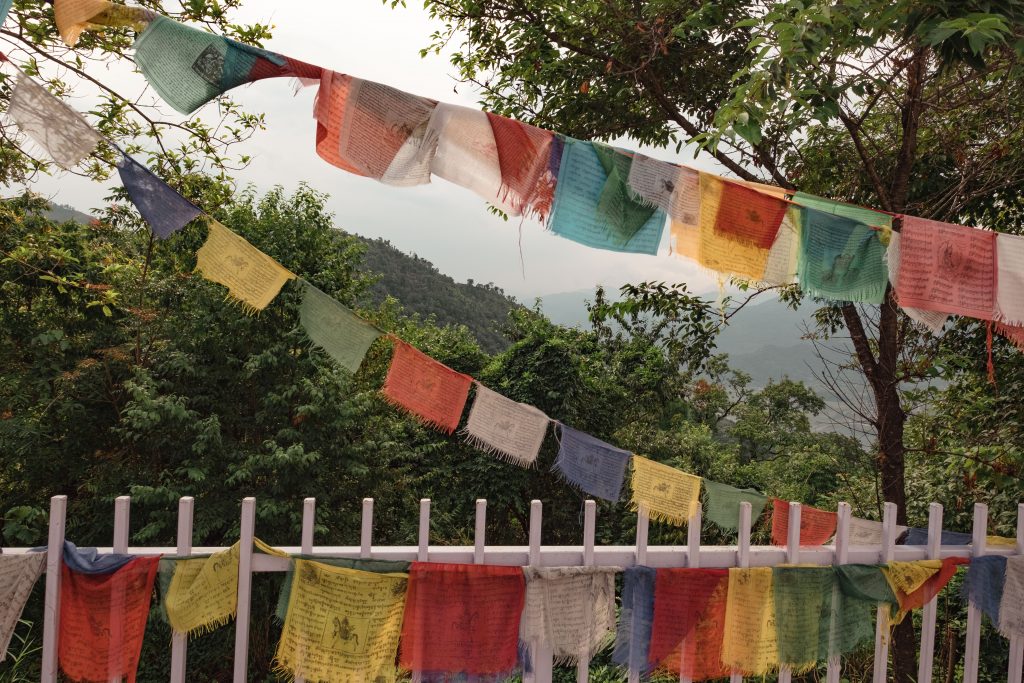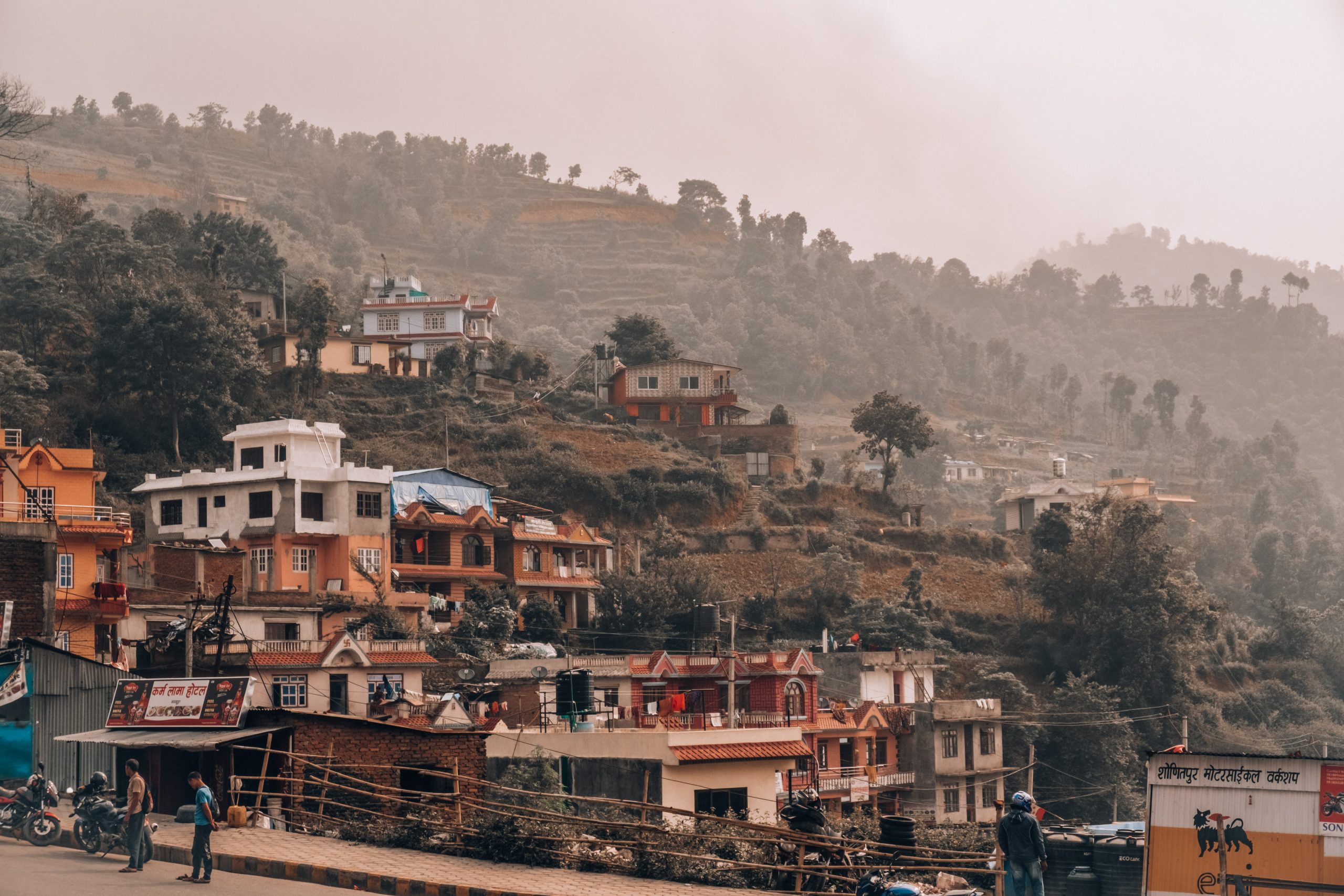Nepal is a landlocked country in South Asia, nestled mainly in the Himalayas, known for its ancient culture, spiritual heritage, and as the gateway to Mount Everest, the world’s highest peak, offering a blend of adventure tourism and serene landscapes.
Landscape
Nepal has all sorts of landscapes–plains that you can farm on, forested hills, and many of the tallest mountains in the world.
One of these mountains is Mount Everest, also known as the highest point on the planet. This is a remarkable tourist spot to visit if you are feeling up for an adventure. You can either climb the mountain or merely trek there if you want something less challenging.
Picturesque landscapes are also all around you, even if you choose not to hike up the mountains. There are plenty of fertile plains and valleys you can enjoy exploring.
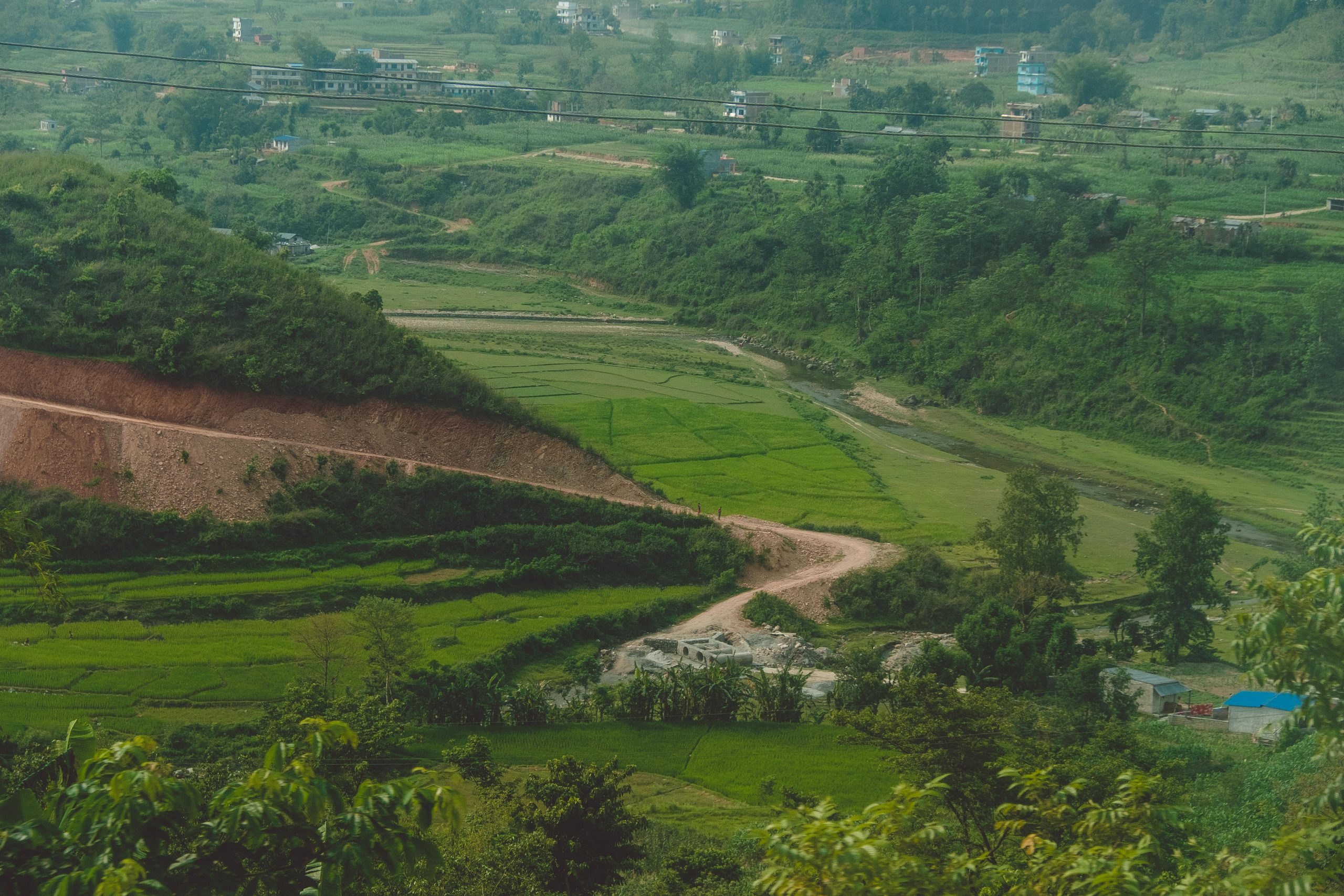
Cuisine
Nepalese food is a melting pot of cuisines such as Indian, Chinese, and Tibetan. There are options for both vegans and meat-eaters due to the presence of both Buddhist and Hindu religions.
Here are some of the foods you must try:
Momo – Momo is Nepal’s version of dumplings. They are veggie or meat-filled little balls, held together in a dough wrapping. Dip it in spicy sauce and you have got your appetizer!
Pulao – If you are a vegan, this dish is for you. You can find this in any Nepalese meal as it is considered to be a staple. Pulao is basically fried rice and it is eaten by many locals.
Dal Baht – Dal Baht is a full meal. You will get lentil soup, rice, and vegetables with curry. This is considered to be Nepal’s unofficial national dish.
Culture
The country is heavily influenced by its Buddhist and Hindu beliefs and traditions. These beliefs affect their food, the way they act, and even their form of government.
In total, there are nine religions practised in Nepal. Aside from Buddhism and Hinduism, there are also Islam, Christianity, Jainist, Sikhism, Bon, ancestor worship, and animism. These religions influence local customs, too. For example, arranged marriages are still widely practised there.
Traditional beliefs also influence their food. For example, people from Nepal tend not to eat beef because cows are considered sacred in Hinduism.
Know Before You Go
There are a few things you must remember when planning your trip to Nepal.
Respect Their Culture
Since Nepal’s culture is heavily traditional, it is important to respect it. There are certain customs you must learn and abide by. In general, it would be smart to ask a local or your tour guide to let you know what you can and cannot do, especially in their temples.
Pricing
In Nepal, you are charged more if you are a tourist. The reason for this is for the locals to maintain their livelihood. So, make sure to read the signs properly so you will not be surprised by the pricing.
Blackouts
Power outages are fairly common in Nepal. Make sure to bring a battery-operated fan and a flashlight if needed. However, most hotels now have generators, so opt to stay in one as much as possible.
Currency and Banking
The Nepali use the Nepalese Rupee or NPR as their main form of currency. You will find that in the centre of Kathmandu, there are many ATMs. But, on the outskirts of the city, you might not find any, or they may not be working.
It is better to withdraw the cash you need before your trip as the ATMs in the trekking locations are unreliable. Because they experience routine blackouts, expect these power outages to affect the machines as well.
Also, it would be better to use cash because only well-established places accept credit card payments.
Tipping
Unlike in Western countries, you do not need to tip in Nepal. The tip is already incorporated in the VAT or service charge.
Best Time to Visit
The best time to visit Nepal is after the monsoon season. To get clear, beautiful, picturesque skies, time your visit during the months of October and November.
In these months, the weather is dry. This makes it convenient if you wish to go trekking all day. These months are also clear, so you will have good visibility of the amazing mountain ranges. For photographers, it is advised to take photos after the rain for the best shots.
These months are also the days where there are a lot of tourists in the country, so make sure to book your flights and accommodations early on to avoid the extra charges.
Latest Nepal Articles
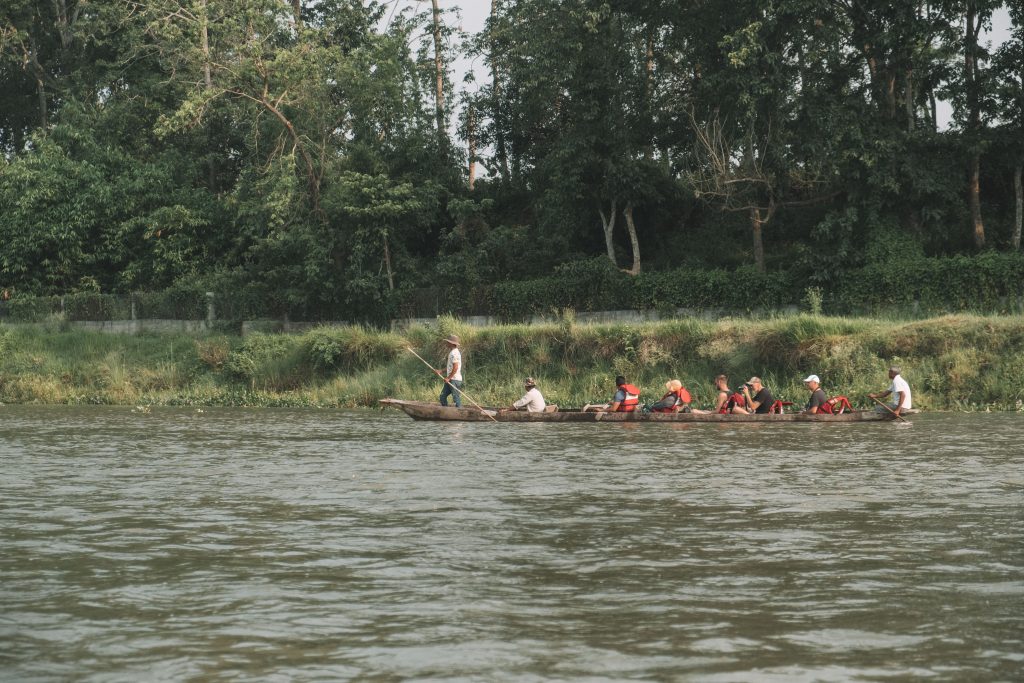
Nepal’s National Parks
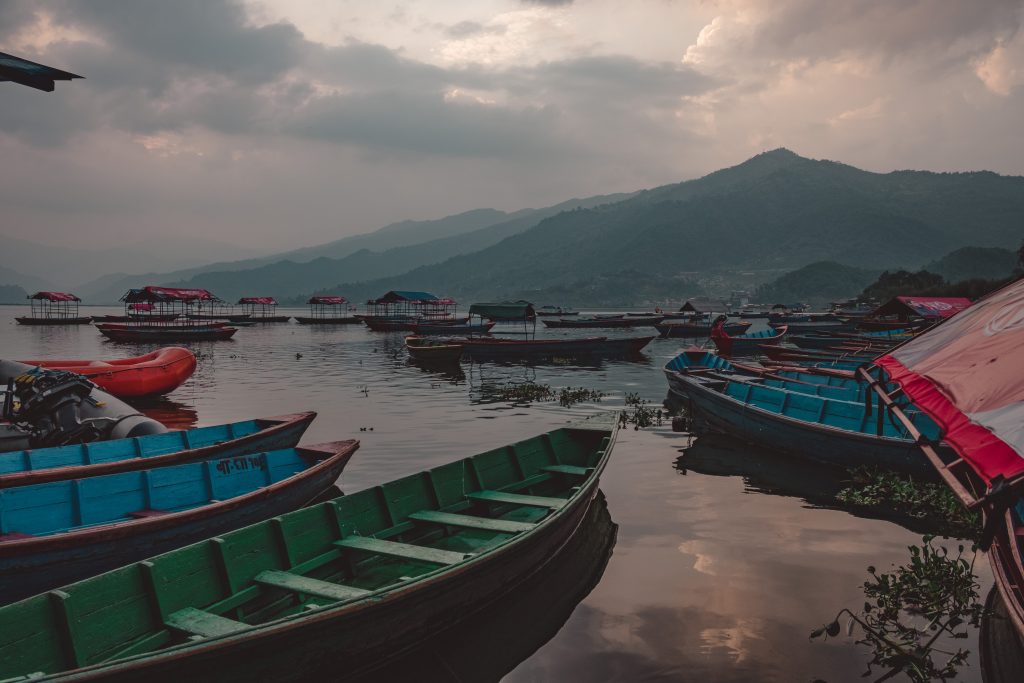
Things to do in Pokhara, Nepal
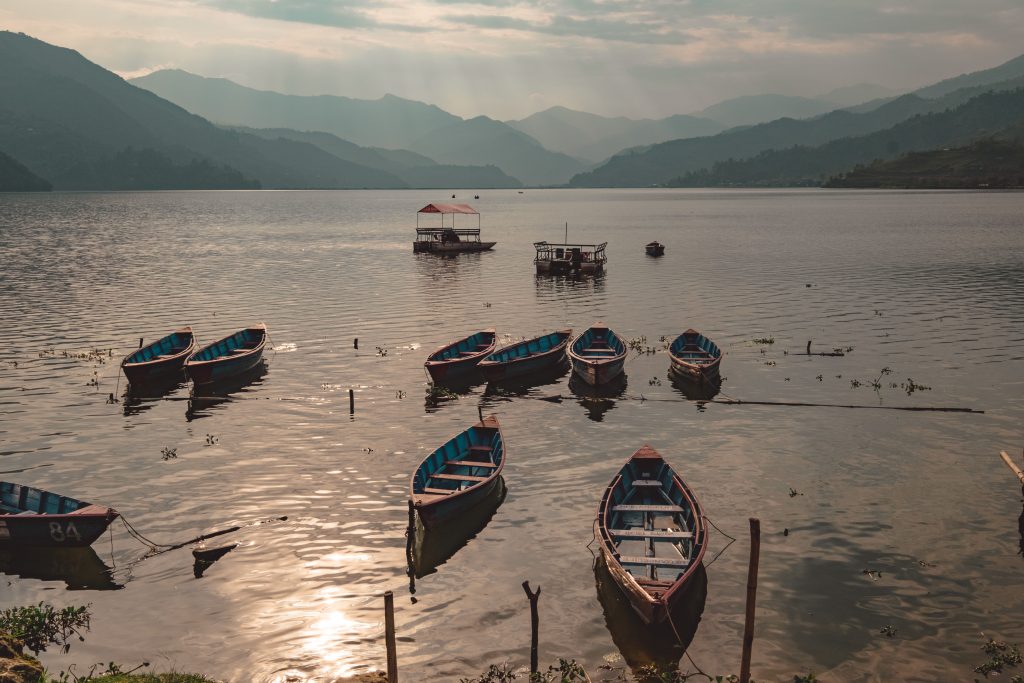
Kathmandu to Pokhara Itinerary
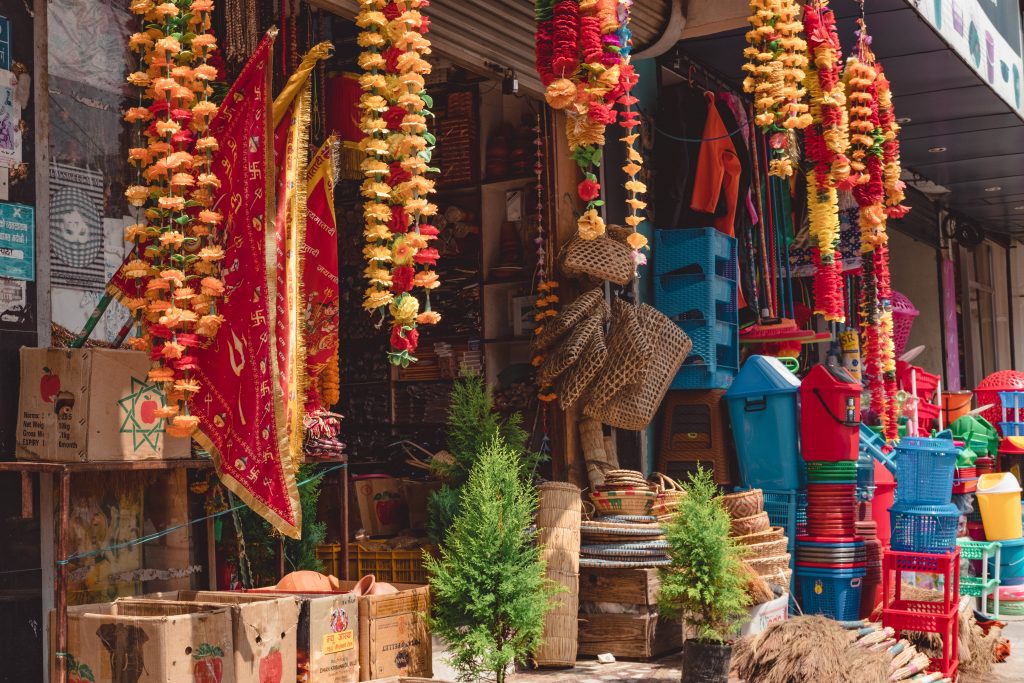
Places to visit in Nepal
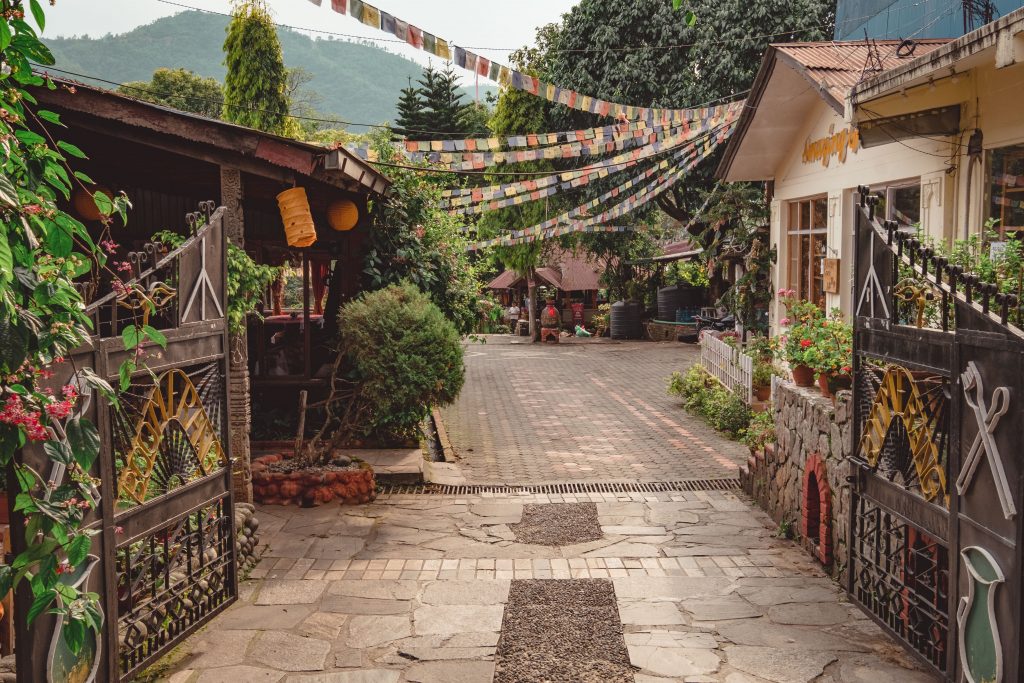
Places To Visit In Kathmandu
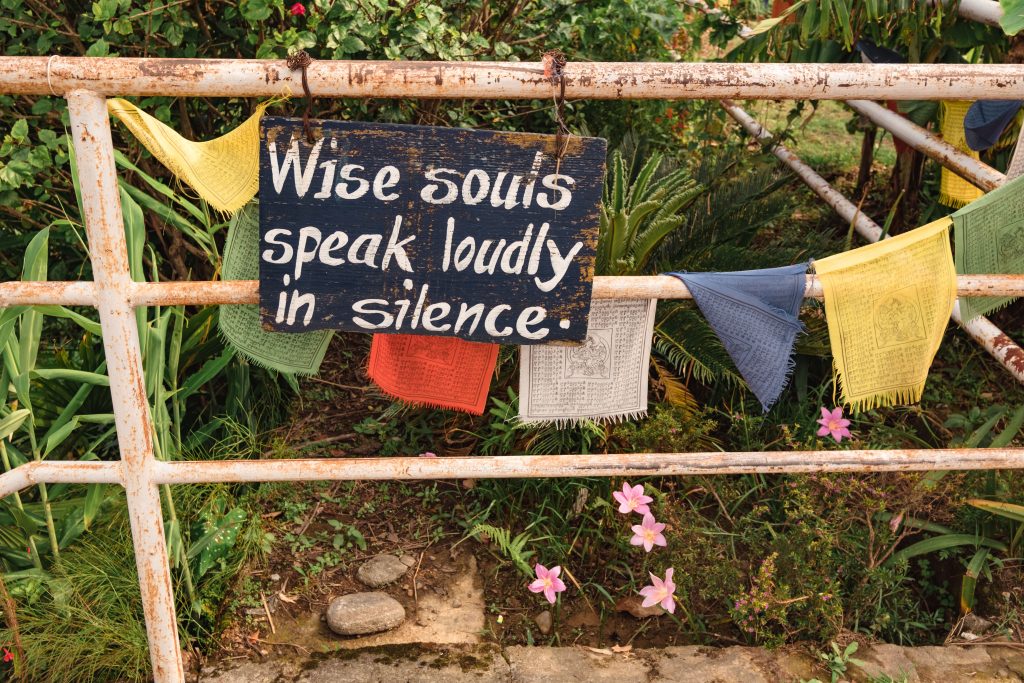
Kathmandu to Chitwan Itinerary
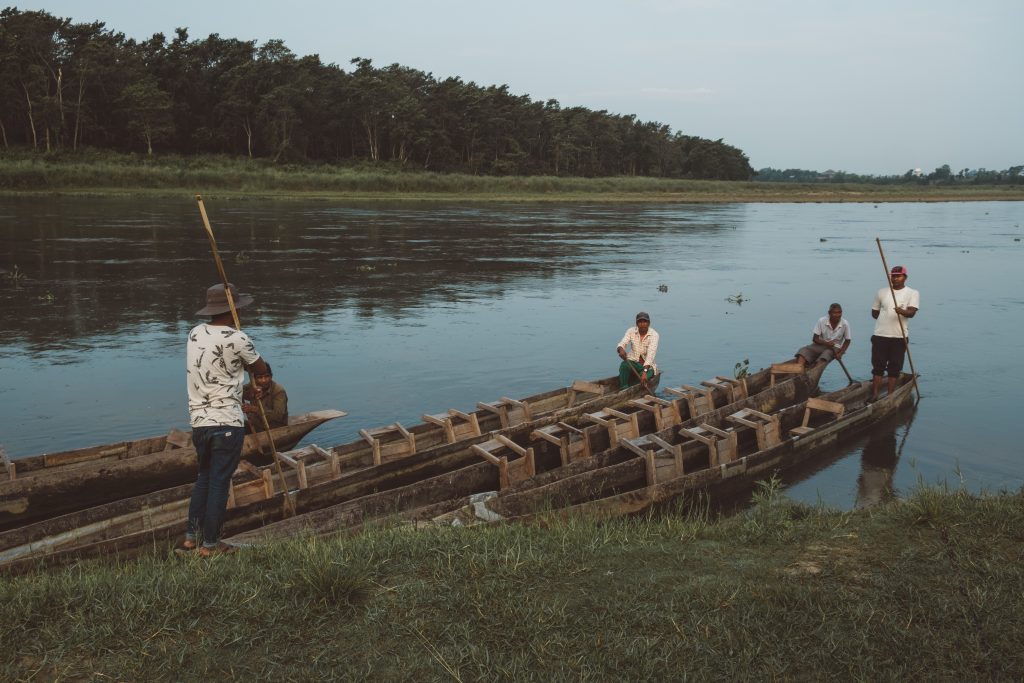
Guide to Chitwan National Park
